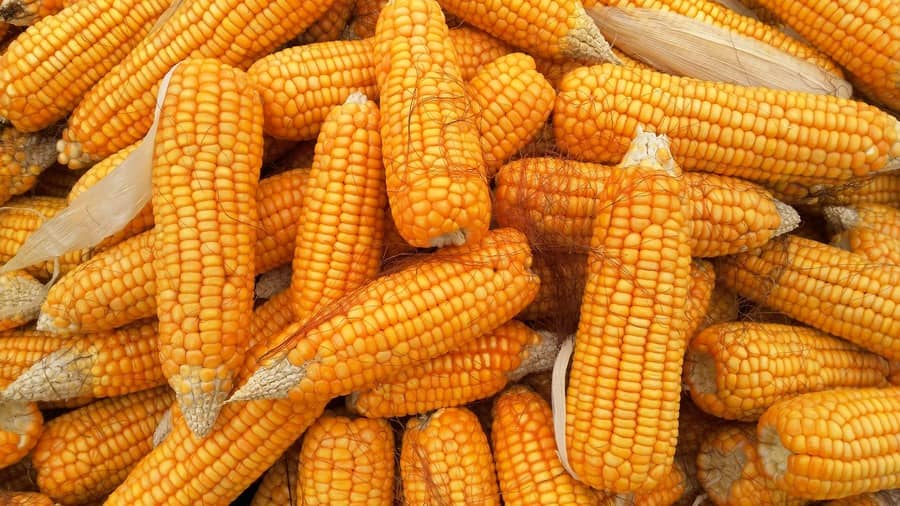Porto Alegre, May 9, 2024 – At the beginning of May, many pieces of global information seek to find some variable that could volatilize prices. In soymeal, the shutdown of industries in Rio Grande do Sul due to the natural catastrophe that occurred last week generates volatility. In wheat, the possibility of a smaller-than-expected crop in Russia creates a positive environment for some price recovery, apparently already priced in by the market. In corn, a US crop that starts at record speed, with 27% planted until last week, neutralizes more optimistic price movements. The crop losses in Argentina, quite exaggerated by some institutions, are being absorbed without major consequences. Within this environment, the market is preparing for the USDA report this May, which will bring the first US supply and demand picture for the 24/25 cycle. The highlight should be a large productivity potential, generating production that is still comfortable and translating to neutral prices.
The month of May is important for the global context of commodity prices. From the US planting to the completion of the Black Sea winter crops, the price environment is subject to volatility.
The month begins with information about losses due to the “hopper” in corn crops in northern Argentina, bringing production to 51 mln tons below the initial estimate of 56.7 mln tons. Numbers below this suggest local exaggerations and an attempt to make an impact on the international market. Argentina already has 24 mln tons committed to exports and could sell an additional 10 mln tons without compromising the internal supply environment.
Wheat found a few weeks of price recovery due to attacks on the port of Odesa, hampering the flow of wheat of Ukrainian origin. Additionally, Russia’s production numbers have fallen from 2023’s 98 mln tons to 93 mln this year, with some sources suggesting lower numbers. This situation can help the international market to resist further price losses below USD 6.00/bushel on the CBOT in the short term.
At the same time, the US planting environment is favorable. Until last week, planting reached 27% of the expected 90 mln acres, compared to 23% last year and 22% of the five-year average. The climate shows excessive rain in some locations but is comfortable for planting in most of the Midwest. May is still a crucial month, with planting required to reach close to 60% by the week of the 10th. At first, there does not seem to be a major problematic weather factor for the completion of planting by May 30th, the date limit for areas participating in government protection programs. Record early planting pace will prompt universities and consulting firms to project high start-up yields.
Within this initial context, USDA will release, on the 8th, the update of the 23/24 supply and demand picture and the first estimate for the 2024/25 business year. The 2024/25 framework should follow the pattern of recent years, that is, a high initial productivity compensating for the cut in acreage. The projection could be 182 bushels/acre, never reached and well above the 2023 record, which was 177.3 bushels/acre. It seems very difficult for USDA not to follow the same rule for this May/24 report, which takes production to at least 379 mln tons. The planting rate can offer this argument for productivity projection.
In this first production projection, the supply and demand picture could show 24/25 stocks equal to or above 23/24, even expanding domestic demand and exports in the United States. For this
reason, prices on the CBOT do not suggest strong upward volatility based on this report and could suggest stable to lower prices for new-crop maturities on the CBOT, such as December, for example. Until September, however, the weather will be “lord of the market,” and although other indicators can also influence volatility, the vision of a US crop with losses or a full crop has a relevant influence on the formation of global prices.
Copyright 2024 – Grupo CMA

